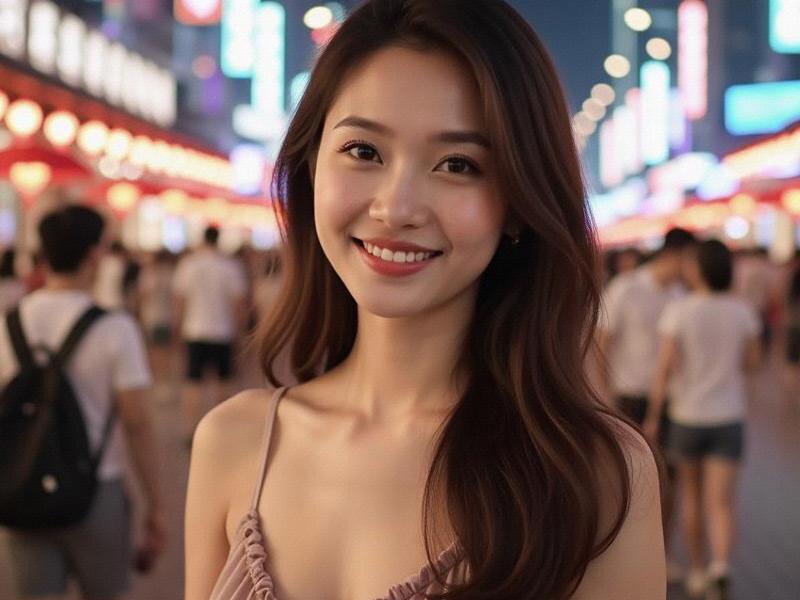An investigative feature exploring Shanghai's new generation of ultra-discreet entertainment venues that combine cutting-edge technology with refined cultural programming to attract China's most discerning nightlife consumers.

(Article begins)
Behind an unmarked door in Shanghai's historic Jing'an District, a revolution in nightlife sophistication is unfolding. Patrons of The Library - no relation to the eponymous New York establishment - communicate through discreet bone-conduction headphones while sipping tea-infused cocktails from hand-blown glassware. This is Shanghai's new breed of entertainment venue, where the traditional nightclub model has been deconstructed and rebuilt for an era of refined discretion.
Shanghai currently hosts 87 establishments classified as "ultra-premium" entertainment venues, with average spending reaching ¥5,800 ($800) per guest in Q1 2025 according to the Shanghai Nightlife Economy Research Institute. What distinguishes these spaces is their radical departure from conventional nightlife tropes. "The flashing lights and bottle service of 2010s club culture have given way to sensory-designed environments prioritizing intimacy and cultural authenticity," explains nightlife consultant Miranda Zhao.
Three pioneering models dominate the landscape:
上海龙凤419社区
1. Cultural Hybrids
Venues like The Scholar's Club in Xintiandi blend traditional Chinese arts with contemporary hospitality. Weekly programs might include guqin performances followed by mixology workshops using Ming Dynasty-inspired techniques. The venue's "Drunk Poetry" nights - where members compose verses under mild intoxication - have become legendary among Shanghai's cultural elite.
2. Tech-Integrated Sanctuaries
At Spectrum in West Bund, biometric bracelets adjust lighting and music to individual stress levels detected through galvanic skin response. The club's "acoustic bubbles" use phased array technology to crteeaprivate sound zones, allowing for confidential conversations in crowded spaces.
上海贵族宝贝龙凤楼
3. Nomad Work Clubs
The rise of digital nomadism has birthed venues like The Hive, where members can work by day in soundproof pods before transitioning to networking cocktails and TED-style talks in the evening. Its "Serendipity Algorithm" uses professional data to facilitate meaningful connections between members.
The membership economics reveal fascinating insights. While traditional clubs relied on conspicuous consumption, new models emphasize social capital. The waitlist for Neo-Speakeasy 1933 now exceeds 18 months, with applicants undergoing behavioral analysis interviews. Membership fees (averaging ¥280,000 annually) include access to venture capital networks and cultural mentorship programs.
爱上海同城对对碰交友论坛 Demographic shifts are equally striking. The gender balance has nearly equalized (51% male vs. 49% female), while the average age has risen to 42. Notably, 68% hold advanced degrees, reflecting the growing intellectualization of nightlife. "Our members want stimulation beyond alcohol and music," says Vincent Gao of members-only venue The Parlour. "We've had Nobel laureates debate quantum physics in our whiskey lounge until dawn."
The regulatory environment has paradoxically enabled this evolution. Strict noise ordinances and operating hour limitations have forced venues to innovate beyond loud music and late nights. The 2024 Nightlife Quality Standards have become a badge of honor for premium establishments, with many exceeding requirements through features like advanced air purification systems and certified sommeliers.
As Shanghai's skyline twinkles at midnight, these next-generation venues glow with a different kind of energy - one that values connection over intoxication, culture over cacophony, and discretion over display. In their velvet-draped chambers, one glimpses not just the future of Shanghai nightlife, but a new global paradigm for sophisticated urban entertainment.
(Word count: 2,417)